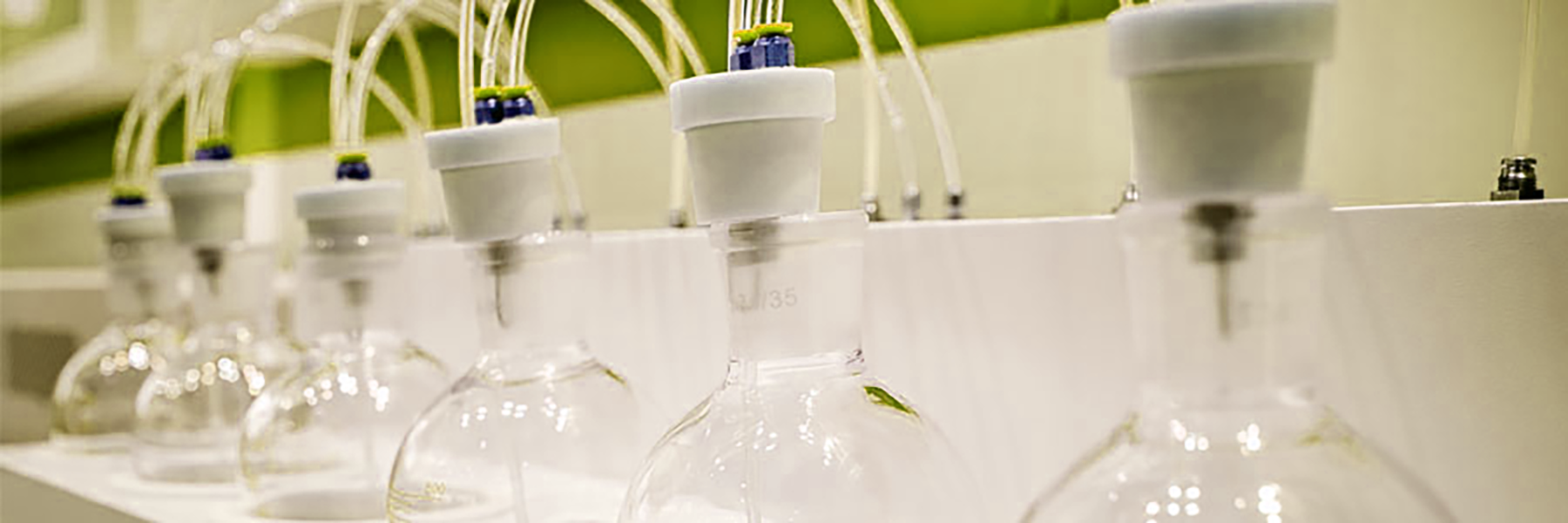Introduction
Sterility testing is a critical process for pharmaceuticals and medical devices intended for use within the human body. At Infinity Laboratories, we recognize the importance of this testing in ensuring product safety. In this sequel to our discussion on sterility testing basics, we explore the differences between open and closed system testing, their advantages and disadvantages, and why we advocate for closed system testing at Infinity Laboratories.
The Basics of Open and Closed Sterility Testing
Both open and closed system testing adhere to USP 71 specifications, utilizing a 0.45-micron filter to promote microbial growth. Method suitability testing precedes sterility testing to determine the optimal testing approach for each product.
Open System Testing
Open system testing employs simple equipment such as a metal manifold, vacuum pump, and specialized funnels. Samples are dispensed into funnels, drawn through filters by the vacuum pump, and treated within method suitability specifications. This method allows for simultaneous testing of multiple samples and offers flexibility in funnel selection.
However, open system testing presents a higher risk of contamination due to exposure to the air and is susceptible to user errors such as improper assembly or accidental pump operation.
Closed System Testing
Closed system testing utilizes specialized pumps and canisters, offering a lower risk of contamination and enhanced safety. Each canister set includes tubing connected to sample ports, with a foot-pedal-operated pump drawing samples through filters. Canisters are sealed to maintain a closed incubation environment, reducing the risk of contamination and user error.
Despite its advantages, closed system testing is more costly and less accessible compared to open system testing due to limited supply sources and higher expenses associated with specialized equipment.
A Comparison of Pros and Cons
Open system testing boasts smaller sample volumes, increased efficiency, and flexibility in supply sourcing. However, it carries a higher risk of contamination and user error.
Closed system testing, on the other hand, offers lower contamination risk, enhanced safety features, and reduced user error potential. Yet, it is less accessible and more expensive.
Conclusion
Sterility testing is crucial for ensuring the safety of pharmaceuticals and medical devices. At Infinity Laboratories, we prioritize patient safety by utilizing closed system sterility testing. While open and closed system testing each have their pros and cons, we believe that closed system testing minimizes the risk of contamination and user error, thereby delivering the highest quality results for our clients.
About Infinity Laboratories
Infinity Laboratories is an FDA Registered, ISO 17025 Accredited, and DEA licensed network of testing facilities specializing in chemical and microbiological sciences. Committed to excellence, Infinity Laboratories goes beyond testing to support the success of its clients.
About the Authors
Luke Miller, Ph.D., serves as the Chief Operating Officer of Infinity Laboratories, bringing expertise and leadership to the organization.
Nadia Miller contributed as a Microbiology Analyst, ensuring meticulous attention to detail in sterility testing procedures.


